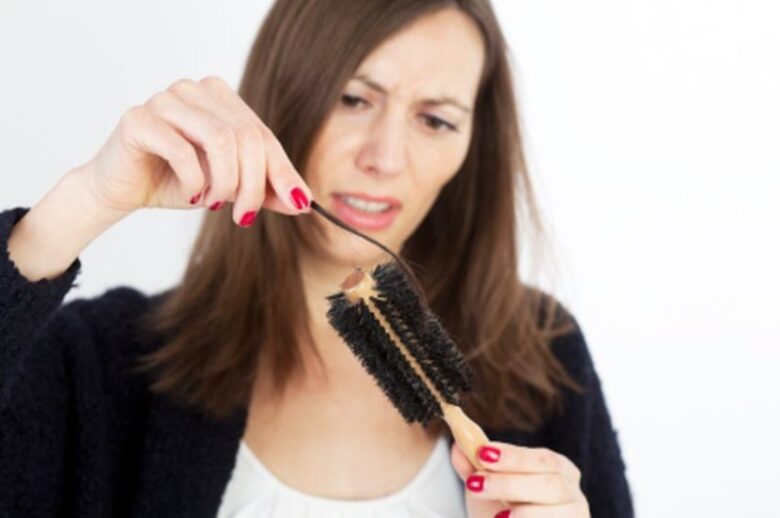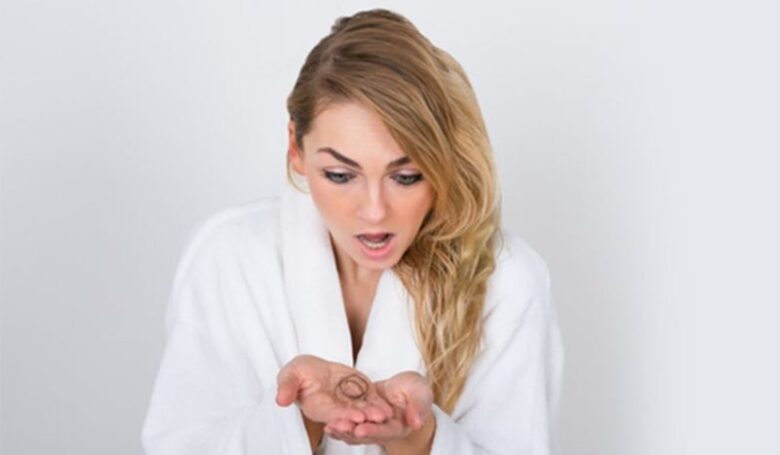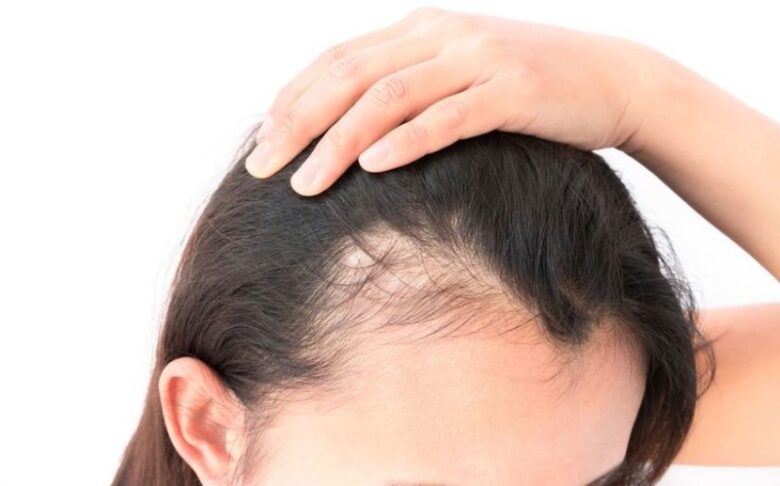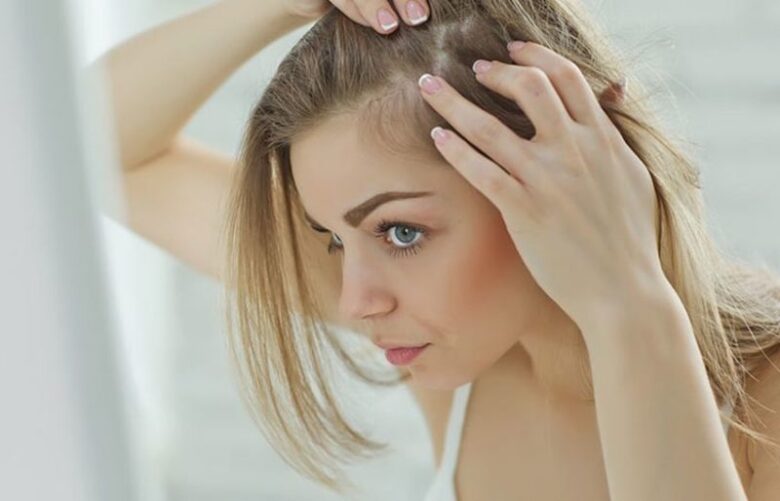Think that baldness only occurs in men? Guess again. Women all over the world are experiencing hair loss. Some find theirs is thinning while others find bald patches.
You think it’ll never happen to you, but it could, and you need to know what it’s all about. Here are a few things every woman should understand about female pattern baldness.
1. It’s more common than you might think

About one-third of women experience female pattern baldness, but the risks of experiencing a significant loss of hair after menopause. For this group of women, two-thirds see significant thinning and bald spots.
2. Low-level light therapy (LLT) may be a great way to reverse the effects.
Low-level light therapy uses red and near infra-red light to strengthen your body’s natural ability to repair tissue, reduce inflammation, and relieve pain associated with bald patches. It’s a cool laser that has been used time and again in treating hair loss.
According to Kiierr.com, a company that sells a highly effective growth cap for both men and women, low-level light therapy is one of the best clinically proven ways to treat balding. It’s FDA cleared, totally safe, and often prescribed by doctors and dermatologists.
3. Shedding hair is not the same as having female pattern baldness

Don’t panic if your hair comes out in the shower, or if it’s clogging up your vacuum cleaner. The average woman sheds some every day.
MedicalNewsToday states the difference between typical shedding and female pattern baldness:
“Shedding about 50 to 100 hairs a day is considered normal, but new growth will typically replace these. If someone has female pattern baldness, however, the lost hair is not renewed.”
You should only be concerned if your hair gets significantly thinner, comes out in patches, or is higher in volume than usual.
4. Genetics play a major role in women developing the condition
Just like in men, some women are more likely than others to develop female pattern baldness simply because it’s in their genes.

“Women can both inherit genes from the paternal and maternal side, which make them more susceptible to hair loss,” Dr. Raghu Reddy, a specialist told NetDoctor. “While there are a number of other factors that can play a part in losing your hair, genetics is one of the strongest of these.”
5. Your problem could be due to another factor
Dr. Reddy believes that an underlying medical condition is usually the cause of female pattern baldness in women.
“Underactive Thyroid, anemia, hormonal disorders including estrogen, polycystic ovaries or even lupus are all conditions that can cause hair loss,” she explains. “If you are diagnosed with one of these conditions, you can see medical help from your GP and more often than not, hair loss can be reversed. ” If you’re considering hair loss treatment outside of Buffalo, visit canadianhair.ca today!
6. There are medications that can help slow it down

Your dermatologist may prescribe an oral medication. Typically, medications have diuretic properties to help remove excess water from your body, as too much water can cause hair loss. These medications may also block the production of androgen, an essential component in your body for prevention and growth.
Women who are pregnant or experiencing certain medical conditions can’t take the oral medication, so it’s not right for everyone. Still, it’s a viable option for those in the beginning stages of this problem.
7. Some things make it worse
Dr. Reddy cites over-styling your hair and stress as two of the most detrimental factors in baldness. Over-styling dries out and weakens the hair while stress changes your hormonal levels, a known contributor to this problem.

Additionally, a poor diet can challenge a conducive environment for hair growth. Include more foods containing biotin and vitamin K, which are essential nutrients for growth. Adding more protein to your diet also helps. On the market is available a lot of supplements for hair loss. You can check: https://femalehairlossreview.com/rejuvalex-review/ to review one of the products.
You may have heard that washing often is bad for your hair and can contribute to baldness, but Dr. Reddy disagrees.
“Evidence has indicated that using an SLS (Sodium Lauryl Sulphate, a common chemical found in shampoos) free shampoo can be instrumental in preventing hair loss,” she says. “Using conditioner can also be effective, but make sure you apply it to the shafts and not the scalp in order to make the hair softer.”
You’re not powerless when it comes to female pattern hair loss. Arming yourself with knowledge and treatment options gives you significant control over this condition, and you can often stop the problem before anyone notices.


